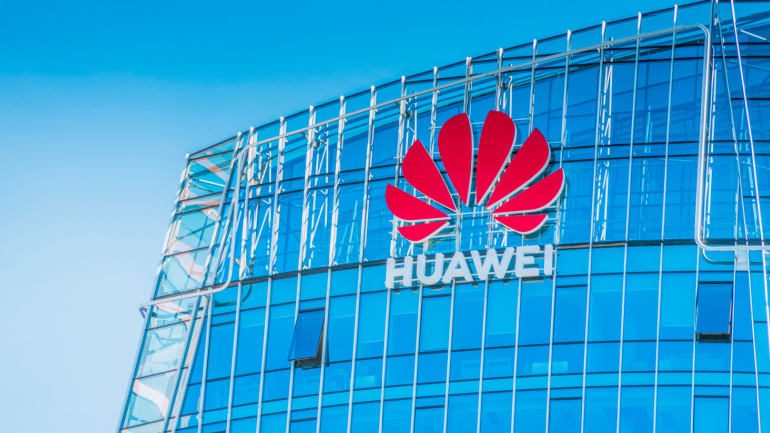Huawei’s new Paris Innovation Centre reflects its pledge to advance the tech landscape in Europe through collaboration. This £2 million-per-year initiative aims to cement positive relations between corporations and small-medium enterprises (SMEs). SMEs, the bedrock of Europe’s economy, often grapple with the complexities of digital transformation, an issue the Innovation Centre seeks to address.
The race for 5G supremacy is intense, and LexisNexis IPlytics explores the landscape in their 2023 report. CEO Tim Pohlmann notes a significant surge in 5G patents, with the top 10 players owning 76% of declared patent families. The US leads in patent volume, followed by China and Europe. Huawei dominates the top 50 ranking. Pohlmann emphasizes the role of Chinese companies, particularly Huawei, in shaping the 5G sector, extending their influence to the automotive industry
Kansas has taken a significant stride towards improving statewide internet connectivity by allocating $28.5 million in grants through the Lasting Infrastructure and Network Connectivity (LINC) program. Aimed at bolstering broadband infrastructure, the LINC funding prioritizes achieving minimum speeds of 100/20 Mbps, enhancing internet exchange point facilities, and fortifying middle-mile infrastructure.
T-Mobile’s steadfast dedication to Texas has led to unmatched 5G network coverage, cementing the Lone Star State’s connectivity footprint. Continual site enhancements and a robust expansion program showcase this commitment, with significant contributions to local communities through initiatives like ‘Homegrown Grants’ and the ambitious Project 10Million.
Elliott Investment Management criticizes Crown Castle’s underperformance, pushing for an overhaul, including a new leadership team and board. Boldyn Networks activates a ‘small cell’ near King’s Cross, partnering with EE to boost coverage and speed in London. AWS expands Amazon Bedrock with new generative AI features, including leading models, customization options, and safeguards. Windstream’s Kinetic is launching a $32.5 million fiber project in Georgia, partnering with an electric cooperative, aiming to connect 17,000 homes and businesses in Colquitt County.
Stonepeak, a leading alternative investment firm specializing in infrastructure and real assets, today announced that it has completed the acquisition of a 49% interest in Cellnex Sweden and Cellnex Denmark (“Cellnex Nordics”), the Swedish and Danish operations of Cellnex Telecom (“Cellnex”), Europe’s largest independent operator of wireless telecommunications infrastructure, for a total value of c. EUR 730 million, of which EUR 558 million is recognized upfront.
Mitratel is significantly expanding its telecom mast portfolio with the purchase of 803 towers from Gametraco Tunggal, marking a strategic move beyond Java Island. This $113 million acquisition not only increases Mitratel’s infrastructure landscape but also welcomes 1,327 new tenants. The company’s ongoing investment in fiber optic networks aims to enhance tower operations, and crucially support the anticipated deployment of 5G networks in Indonesia.
A new comprehensive guide has been launched aiming to enhance AI understanding among employees for optimal, safe use, subsequently improving performance. The guide addresses fundamental sectors crucial for handling AI and data securely, also spotlighting the use of advanced AI tools. It further divides the learning model into four distinct ‘personas’ based on the increasing level of AI literacy required.
EXA Infrastructure, the largest dedicated digital infrastructure platform connecting Europe and North America, today announced the extension of its network in the Mediterranean, linking Crete with mainland Greece via a second diverse submarine route as part of its ongoing strategic investment to accelerate its customers growth.
Unveiling a transformative pact in the maritime industry, Spain’s Sateliot and maritime container tracking leader T42 aim to revolutionize container tracking and monitoring with 5G-IoT technology. This exceptional venture will deploy thousands of 5G-IoT sensors linked to Sateliot’s LEO satellite constellation, promising unparalleled oversight over sea-borne goods.













